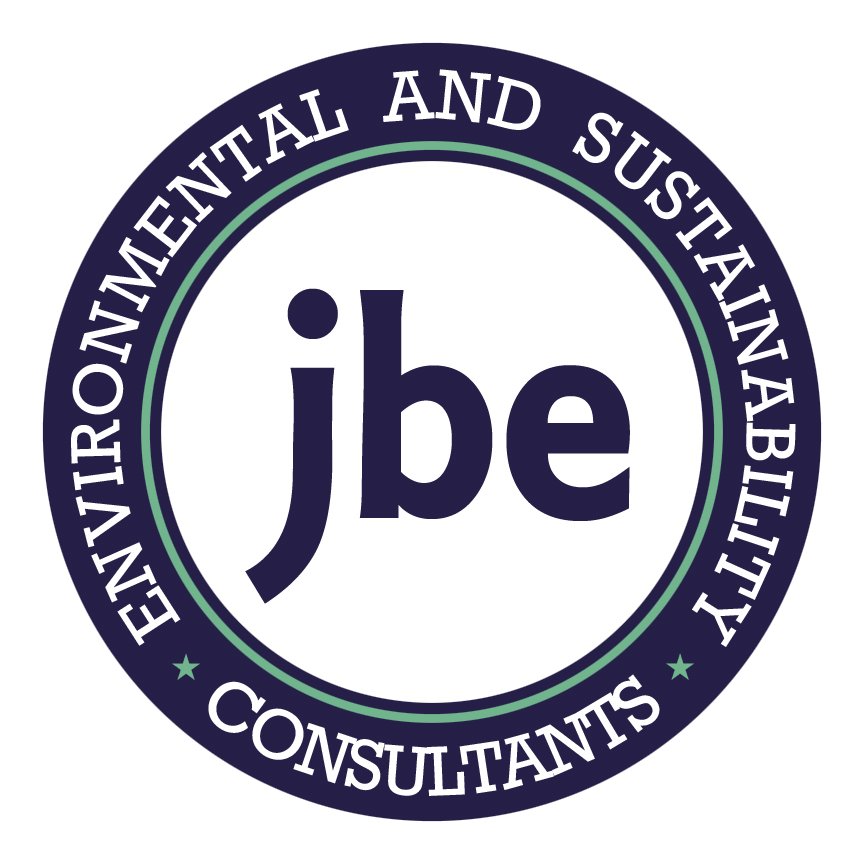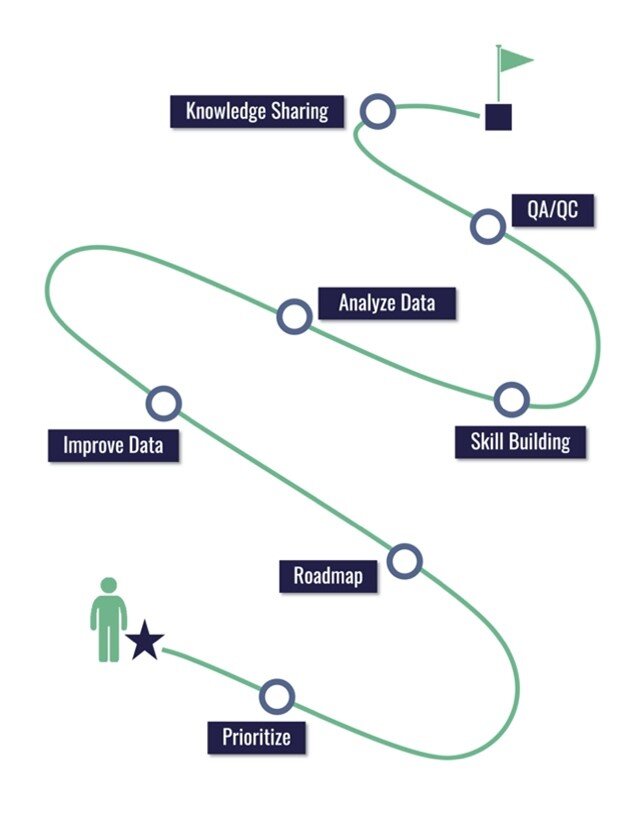Compliance Assurance
At JBE, our consultant team has been there – we’ve filled out report forms, poured over mountains of data, and been frustrated by complicated mechanical processes needed to produce required records and reports.
Our experience comes from years of time in facilities as compliance staff, as well as lots of quality time as consultants trying to make things better.
As a result, we want to skip the fluff and get right to on-target results for you. That doesn’t come easy, but the reward can be worth it.
Compliance Journey – Key Elements
Prioritize – Is Your Calendar Practical?
What regulators know about you may come from the reports you send.
Every project should start with a focused regulatory requirements review.
We have helped clients focus their efforts around deliverable tracking and the assignment of enough resources to do this critical activity well.
Roadmap – Do You Have the Right Path?
Compliance audits don’t look at workflow nor do they cover all program elements effectively.
But set a consultant down to develop a report where there are no instructions and the program element will get a real review.
JBE’s experience helps us intervene at the start of work to take note of the current conditions and create a roadmap to delivery focused on improving the process without compromising the timeline.
Improve Data – Can We Trust This?
Process data in its raw form is full of missed data points, meter glitches during start-up and shutdown, and impossible values.
It can take a lot of time for staff to sort through it all, find the problems and decide how to address them.
JBE has saved clients lots of analysis time by using formulas that flag and substitute data automatically and transparently.
This process helps build in the level of confidence need for reasonably inquiry.
Analyze Data – Automate Parts of It?
Recurring work steps are inevitable as data moves from its point of origin to a report or record.
JBE helps clients identify places where data can be organized effectively to reduce errors when methods or data elements are changing over time (for example a tabular approach versus a one page per process element approach to calculations).
Our tools have dramatically reduced the time to compile and review complex calculations.
Skill Building – Making the Future Better
To make the workplace better for all, we’ve started compiling the best practices we’ve seen as well as those we’ve developed.
JBE has a unique goal to build workbooks that can be handed back to clients for in-house use that can potentially eliminate the need to keep hiring a consultant. With this comes our desire to train client staff on the workbook/process/etc.
We don’t just create tricky formulas (yes, we have those); we also focus on the way an Excel workbook should be designed to work efficiently and not break as changes happen.
More recently we’ve also started training other consultants with whom we partner so their clients can leverage what we’ve learned as well.
QA/QC – Did We Get This Right?
Today’s facility EHS managers are busy, and they seldom find the time they wish they had to do a thorough review, so they depend on their consultants to do this.
Often the review may be delegated to junior to mid-level staff without the vision to spot less obvious issues, and without a good sense of what kinds of results are logical.
To help overcome this, JBE has developed a very detailed QA process, and significantly it includes a checklist approach where issues noted are cataloged.
A key advantage to taking the time to document what was checked and what was not, as well as what was found, is that staff not in the chain can learn from reviewing the documentation.
Knowledge Sharing – Who Knows What?
Report preparers learn a lot about the data, the process and the results.
Ideally the compliance team needs to benefit from the collective body of knowledge from lots of projects, as well as direct research activities.
JBE has developed an internal process to share research, seminar learnings, and project lessons learned in a common and searchable format.
Taking a page from traditional EPA practices, for sharing regulatory guidance, the information we collect is organized as a body of questions and answers (yes, the FAQ concept).
Done well, one person makes the journey and others can save time by just seeing the info that matters. Imagine the potential cost savings!
Finally, consider how this approach can dramatically accelerate the process of staff cross-training – essential in today’s rapidly changing employment world.
References
“Secrets to Meaningful, Sustainable and Efficient Regulatory Task Development for Compliance Certification,” NPRA, 2006, Savage, Alan; McGuire, Lynn, and Beath, John.
“Use Periodic Checks to Demonstrate Title V Compliance,” CEP, February 2004, Beath, J.M., and McCarthy, C.J.
“Practical Methodology for Addressing Ongoing Title V Compliance Certification – A Refinery Case Study,” NPRA, 2002, Beath, J.M., Stern, P.C.
“Rightsize Your Environmental Management System,” CEP, May 2001, Beath, J.M.


